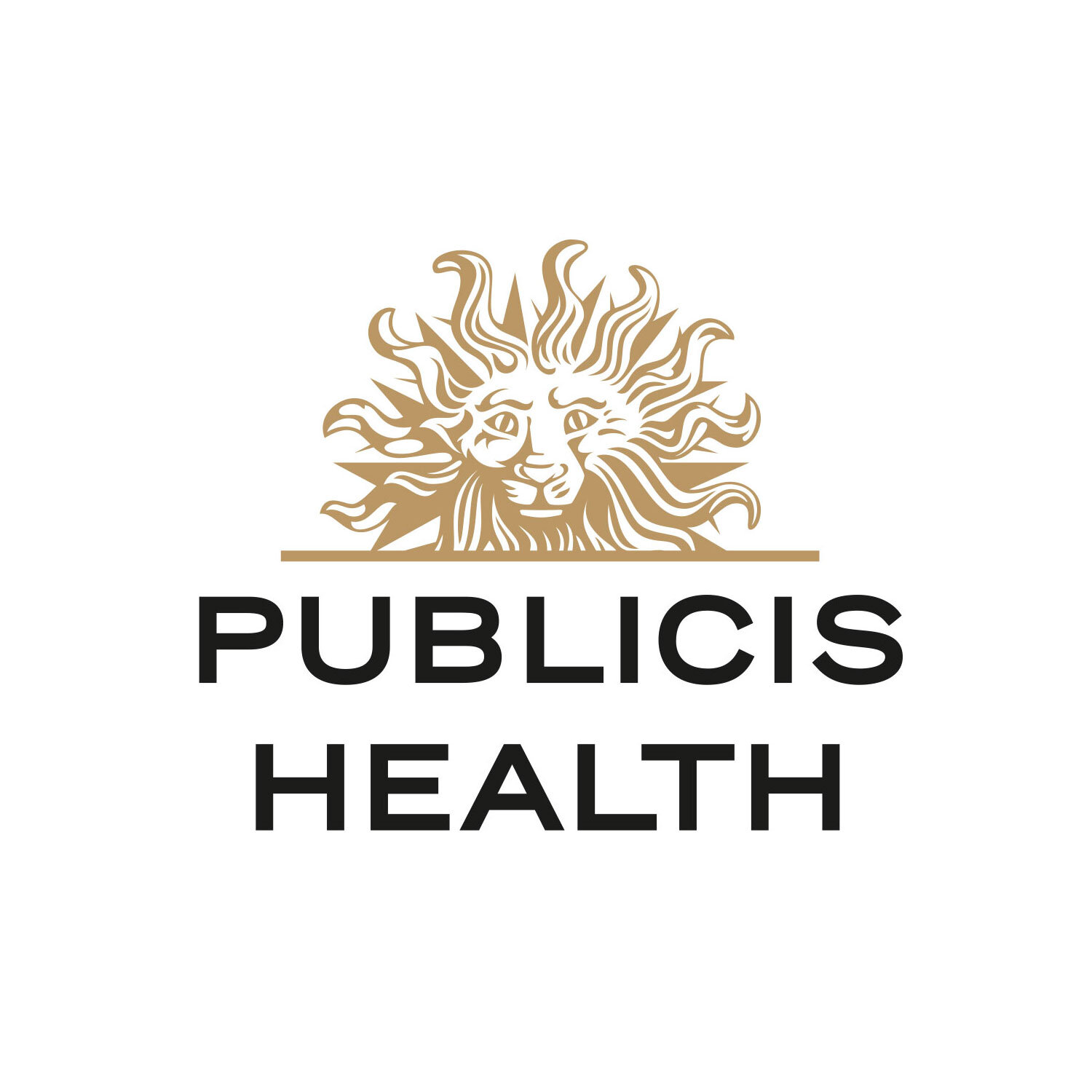FOR HEALTHCARE COMPANIES, WHAT ECONOMY ARE WE LIVING IN ANYWAY?
By Catherine Mayone, Managing Partner, Publicis Health+Sapient
Big Idea Prognosticators often will use a theoretical framework that posits a given timeframe within a certain named era or age. Arguably, there’s value in encapsulating similar (or sometimes dissimilar) events, circumstances, and themes that have developed over a period of time and packaging them with a pithy headline. In recent years, there’s been a proliferation of designations to describe what’s happening right now in business transformation (generally) and healthcare business transformation (specifically), which leads to the inevitable questions: “What era or age are we actually living in now?” and “What are the contexts that are driving this new socio-economic era?”
Most agree that after the Industrial Age, we entered the Information Age (also known variously as the Computer Age, Digital Age or New Media Age) in the early 1990s at the start of the dot-com boom. However, there’s little consensus whether or not we are technically still in that age or even in what age we currently are living. In fact, a collection of any number of expert classifications of supposed ages we’re in now could easily fill an entire page. The Age of Gamification? I’m sure early Homo sapiens played games, but the Stone Age seemed like a bigger, more encompassing concept. The Age of Now? Yes, mindfulness is in vogue, but we’ve always lived our lives in the context of past, present, and future, so there’s hardly anything new with that conceit. When viewed through the lens of digital technologies and the resulting impact on our social and economic lives (not to mention our well-being), most writers still herald the Digital Age. However, there’s still no alignment around a single economy concept.
Nowadays, it seems to be a popular notion that in order to sell books or to present oneself as an economic soothsayer, all one has to do is name and claim a new economy — e.g., The Creative Economy, 2001 and 2013 (John Howkins); The Experience Economy, 1999 and 2011 (B. Joseph Pine II and James H. Gilmore); The Thank You Economy, 2011 (Gary Vaynerchuk); The Intention Economy, 2012 (Doc Searls); The Membership Economy, 2015 (Robbie Kellman Baxter); The Customer Economy, 2016 (Salesforce.com); and The Outcome Economy, 2015 (The World Economic Forum) and 2016 (Joseph Barkai).
In winnowing down the various contenders of what economy we’re currently in, I considered the principles and commonalities that each of these authors espoused, narrowing the ideas into three essential concepts:
Customer value — Customers are associating value beyond products and even value-added services, both of which have become commoditized
Connectivity — Technology has allowed us to digitize virtually every object and systemized interaction, and connect with people and businesses in ways like before; the world is getting smaller
Data — The recognition that big data — and the Internet of Things — is sourcing and amassing large amounts of data that can disrupt industries, including healthcare
I also considered what is most relevant to the disruptive forces we see in healthcare today, as all players in the healthcare ecosystem strive for the Triple and Quadruple Aim, mainly as the pharma and biotech sectors seek to find new personalized medicine breakthroughs and means of differentiation, and as we see the emergence of new digital health innovations every day.
I didn’t want to be one of those writers trying to be clever and come up with yet another economy, so, in the end, I believe the most apt description for the era we’re currently in is The Outcome Economy — but not for the reasons you may think. Yes, we are in the pursuit of health outcomes, but the Outcome Economy represents a more macro concept — the notion that the economy will reward companies that add value to all customers throughout their value chains. I believe to achieve both health outcomes and business outcomes, it’s not enough to simply be patient-centric because patients don’t want to be patients and patients have to navigate complex and siloed systems of care. To truly help people be well, those of us working in healthcare transformation need to help connect human systems with health systems — and intervene before anyone even knows what’s required.
The Outcome Economy neatly describes both the social and economic drivers that define our current era because it effectively addresses the forever-changed expectations around customer value; it reflects the new reality of always-on, always-linked connectivity that we experience every day; and it recognizes how data has become the spine that supports everything we do. In my article next week, I’ll take a more in-depth look at these drivers and the implications for pharmaceutical and medical device manufacturers and healthcare companies.

